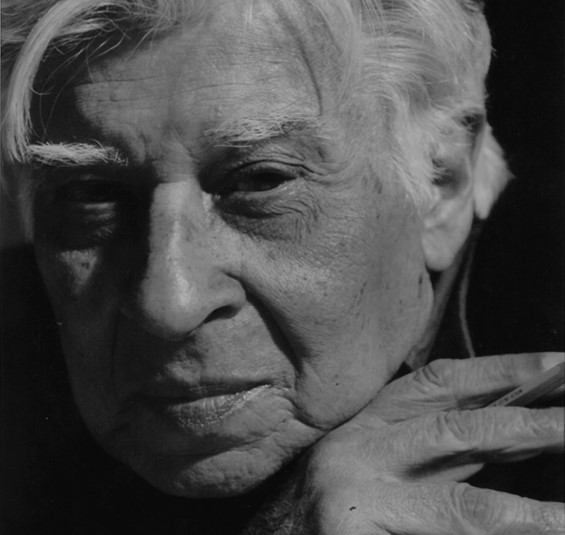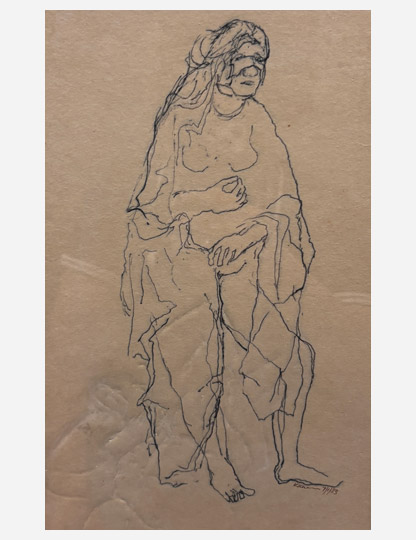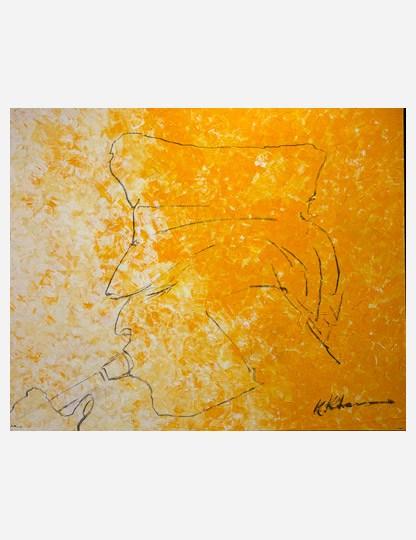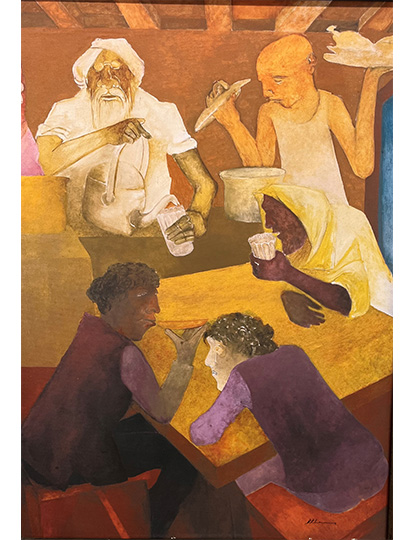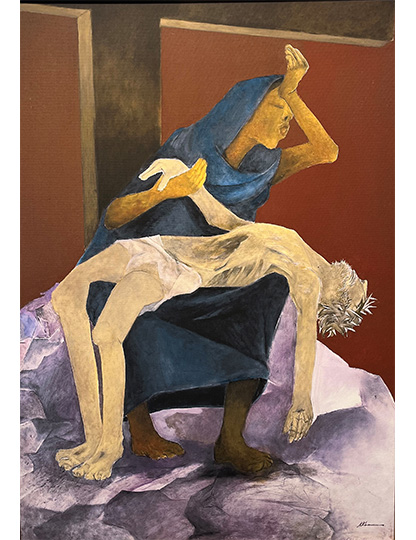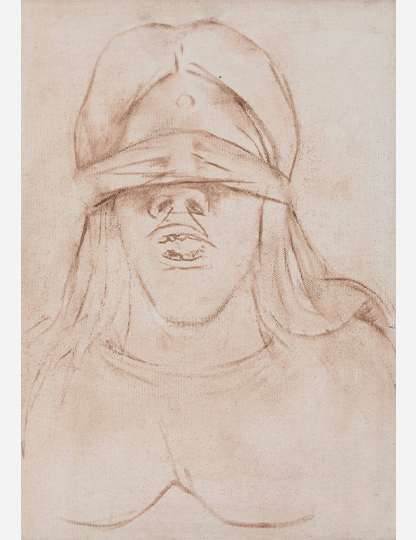Krishen Khanna
Krishen Khanna, a genre painter and a narrativist who weaves and spins images out of the fragments of time was born on the year 1925 at Lyallpur, now Faislabad in Pakistan. His art practice is embedded in the unfoldment of his own life experiences. With his colleagues, he belongs to the generation that experienced painting and independence, painting for independence and painting from a position of independence. In a paradox, his art springs from the observation of life lived around himself but it is not an intimate act of confession or self examination. In this way, Khanna is central to his own practice as mediator and interpreter but never as a subject. He assumes the position of the ‘katha vachak’ or narrator, looking outward to the other rather than the self. The central image then is of the artist as commentator, who through painted gesture and narrative seems to set up threads of connectivity. To all families, like his own which suffered the ravages of the Partition, the accumulation of family and community narratives, of loss and survival became like a bank of stories, shared and adapted over the years. It was partition that drove the first wedge of displacement and deep anxiety into everyday experience of many young Indians growing in the Punjab but for Krishen, the actual sense of displacement came much earlier during his schooling in England at the Imperial Services College. When war broke out, shelling and air raids became a part of the student’s experience. He returned to Sultan and then joined the Government College at Lahore where he studied English literature. The violent displacement from their home was compounded with Krishen’s need to seek work. He befriended the artists who made up the core of the Progressive Artists Group - Husain, Souza and Raza with his appointment at the Grindlays Bank. From the late 1940’s, he began to exhibit his work at the Bombay Art Society and exhibited with the Progressives at the Jehangir Art Gallery in 1951 following his invitation to their show in 1949. Krishen’s banking career that spanned the decade of the 1950s at the Madras and Kapur represents another idyllic period of a family of young children, and his growing fascination for Indian classical music, which he introduced as a subject in his paintings. He also did several paintings on the subjects of death and displacement and revealed the first indication to paint subjects from myth and history. In a critical decision to become a full-time painter and to abandon his career as a banker, he came to Delhi in the early 1960s with a family of three small children and his wife Renu and lived for several years with his parents.
Krishen’s introduction to allegory and religious symbolism is buried in a childhood memory. When his father returned from his doctoral studies in England in 1932, he brought with him a copy of Da Vinci’s The Last Supper which he keenly studied. He spent summer holidays at the vicarage of the Franciscan Brother, Joseph Gardener who reinforced his readings of the Bible. This gentle figure is what inspired his first painting of St. Francis, a recurring subject in his painting.From the late 1960s, he engaged in a series of paintings on Christ that start with The Last Supper, and Garden at Gethsemane and gradually culminate in Betrayal, Christ’s Descent from Cross, Pieta and Emmaus. The series gains significance not only because of its appearance during the emergency imposed by Indira Gandhi but because of the kinship it shares with Krishen’s other work of the 1970s.
